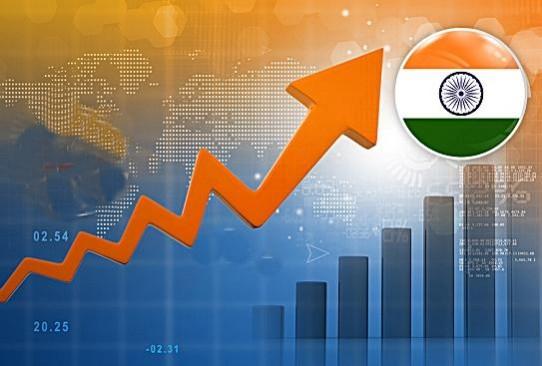
Business growth in India accelerated to a three-month high in July, as the nation's Purchasing Managers' Index hit 61.4, compared to 60.9 in the previous month.
According to the latest report, S&P Global, in association with HSBC, this growth in PMI was driven by strong demand, especially in the services sector.
S&P Global revealed that any PMI figure above 50 indicates growth in the private business sector, while a figure below 50 signifies contraction.
India witnesses robust private sector growth
"The Flash Composite Output Index signalled continued robust growth in India's private sector. The rise in output in July was led by a further increase in business activity in the manufacturing sector, while the pace of expansion in services output also accelerated and remained well above its long-run average," said Pranjul Bhandari, Chief India Economist at HSBC.
The S&P Global report highlighted that backlogs of work rose further, in July prompting the best upturn in employment in over eighteen years.
Moreover, the latest results also revealed that rising material and labour costs added to inflationary pressures. In particular, selling prices rose to the greatest extent since February 2013.
The report added that favourable market conditions and new business gains underpinned the upturn in private sector activity.
Additionally, orders placed with private sector firms in India rose sharply in July, an upturn broadly similar to June, and the quickest in the last three months.
"There was a pick-up in capacity pressures among private sector companies in India, as seen by a quicker increase in outstanding business volumes. Although slight, the pace of accumulation was above its long-run average," added the analysis.
Businesses confident about the future
The PMI report revealed that participants who took part in the survey expressed confidence about business conditions in the next twelve months.
"Companies turned more optimistic in July, following a moderation in business confidence in June. We note that the rate of input cost inflation continued to trend higher in both sectors, which has driven firms to keep raising sales prices," concluded Bhandari.

















